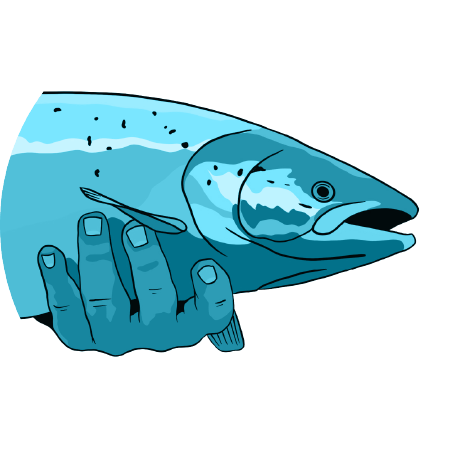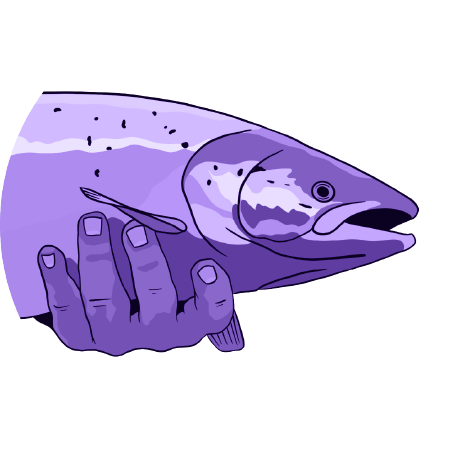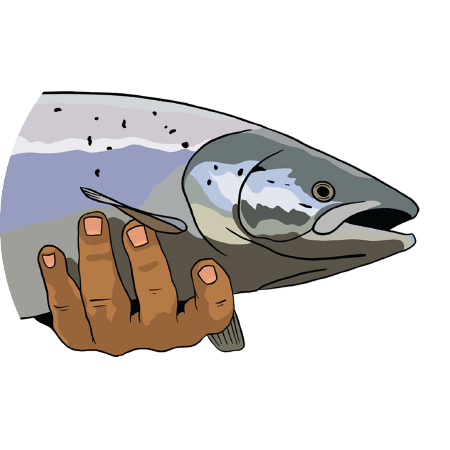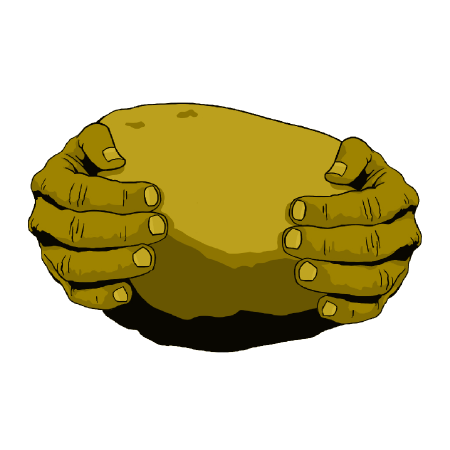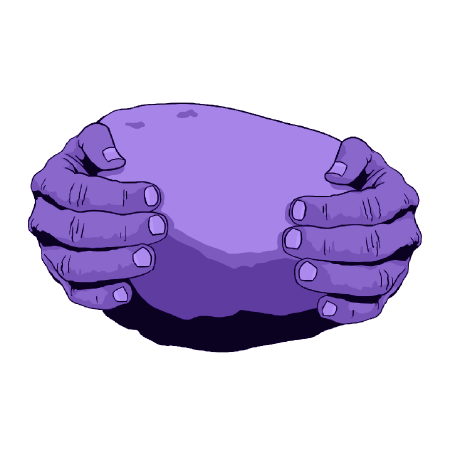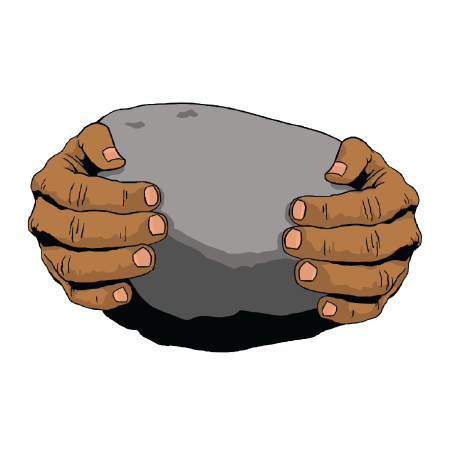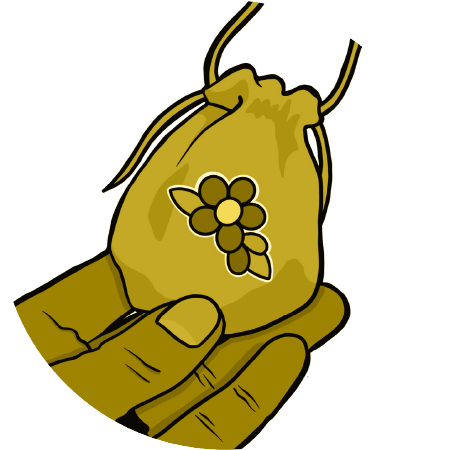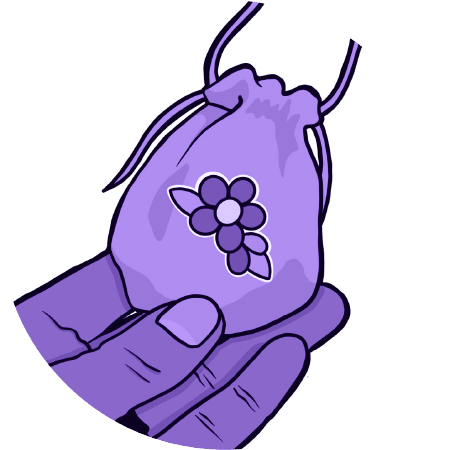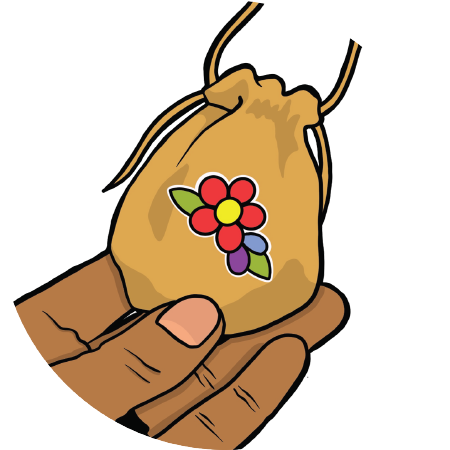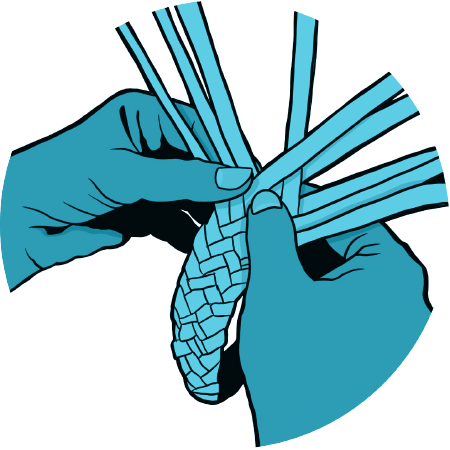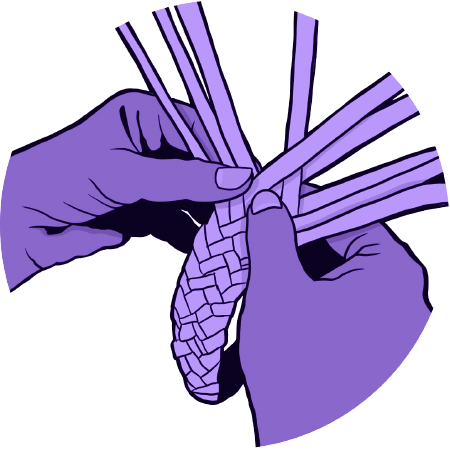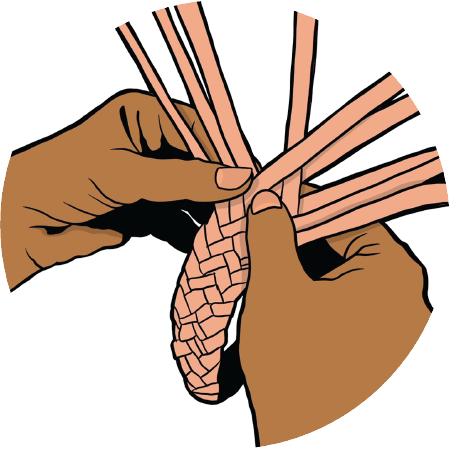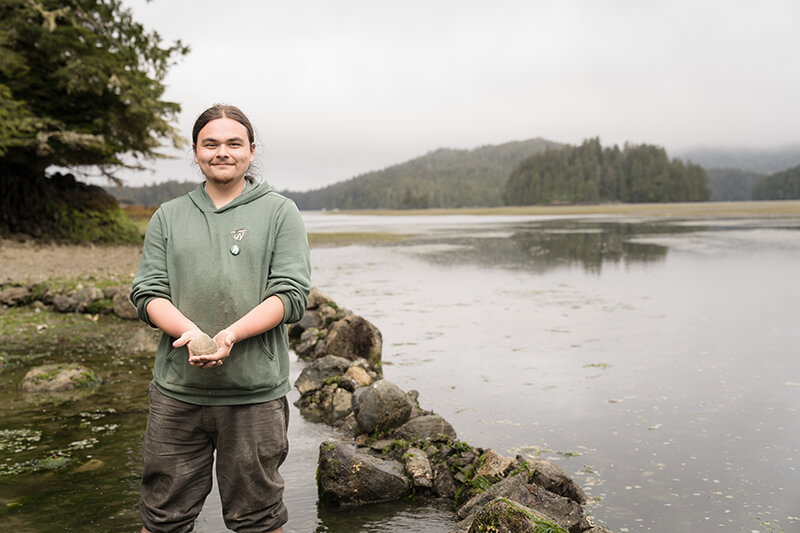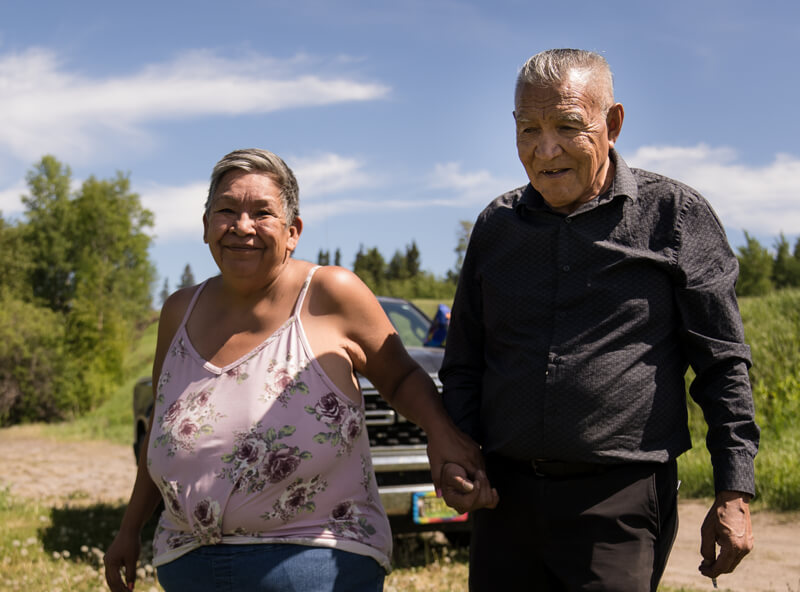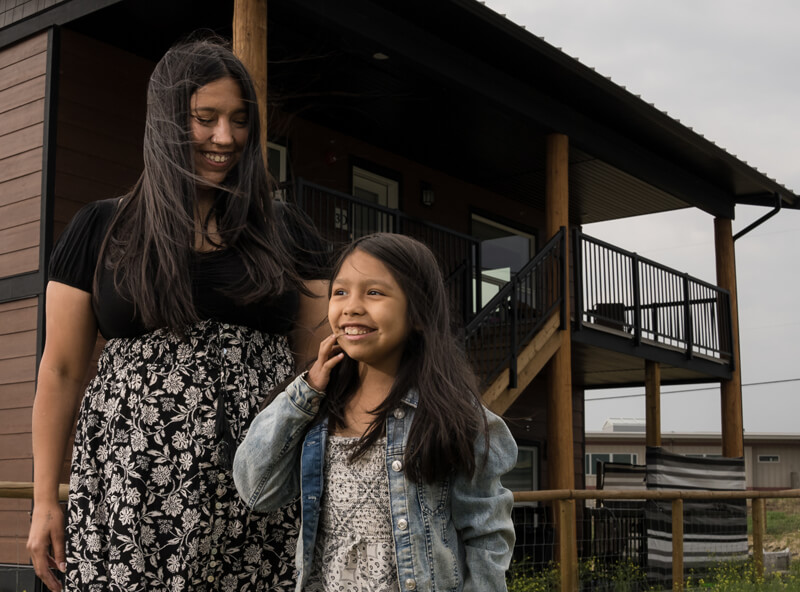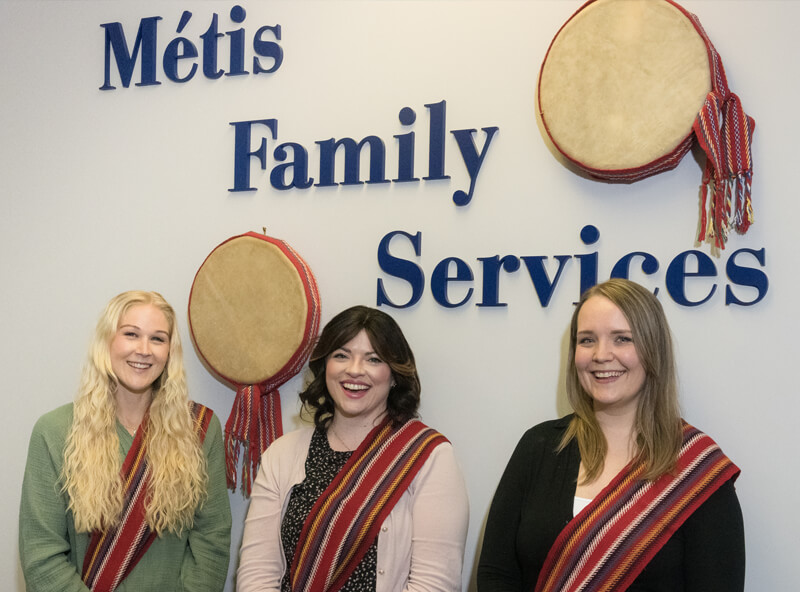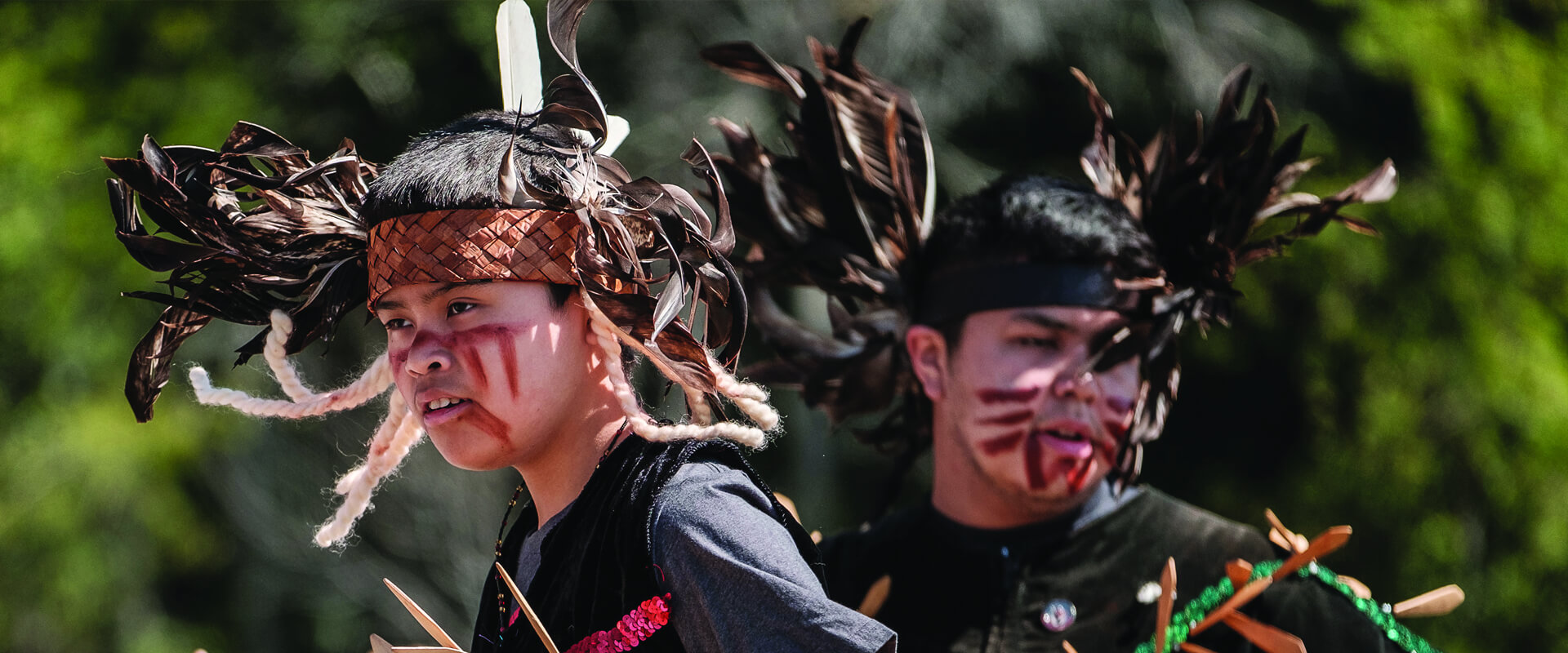
Social, Cultural and Economic Well-Being
Indigenous Peoples in B.C. fully enjoy and exercise their distinct rights to maintain, control, develop, protect and transmit their cultural heritage, traditional knowledge, languages, food systems, sciences and technologies.
Actions at a glance
The following information are headings used as visual labels for the information in rows below. There are seven labels associated with the seven columns in each row. The fist column is ‘Action’ – which is given as a number and if there is more detailed information provided this number will link to the details page for the specific action. The second is ‘Year’ – in which the associated action was started. And the third is ‘Description’ which contains the summary of the action and the associated B.C. government ministry or ministries. The last four columns are for the status of the action and are shown visually in the rows as icons but have their related status labeled for assistive technologies.
Action
Description
How far along is this work?
How complicated is this work?
Are there challenges?
How are we working together?
-
-
4.02
4.02
Ministry of Education and Child Care; Ministry of Post-Secondary Education and Future Skills
-
-
-
-
-
-
-
-
-
-
4.12
4.12
Ministry of Health; Ministry of Attorney General; Ministry of Public Safety and Solicitor General
-
-
-
-
-
-
4.18
4.18
Ministry of Education and Child Care; Ministry of Children and Family Development; Ministry of Post-Secondary Education and Future Skills
-
-
-
4.21
4.21
Ministry of Indigenous Relations and Reconciliation; Ministry of Social Development and Poverty Reduction
-
-
-
-
4.25
4.25
Ministry of Housing and Municipal Affairs; Ministry of Indigenous Relations and Reconciliation
-
-
-
-
4.29
4.29
Ministry of Indigenous Relations and Reconciliation, Ministry of Education and Child Care, Ministry of Post-Secondary Education and Future Skills
-
4.30
4.30
Ministry of Indigenous Relations and Reconciliation; Ministry of Post-Secondary Education and Future Skills
-
-
-
-
-
-
-
-
-
-
-
4.41
4.41
Ministry of Post-Secondary Education and Future Skills; Ministry of Social Development and Poverty Reduction
-
4.42
4.42
Jobs, Economic Development and Innovation, Ministry of Indigenous Relations and Reconciliation
-
-
-
-
-
-
-
-
Description
How far along
is this work?How complicated
is this work?Are there
challenges?How are we
working together? -
Year
Ministry
Ministry of Education and Child Care; Ministry of Post-Secondary Education and Future Skills
Description
How far along
is this work?How complicated
is this work?Are there
challenges?How are we
working together? -
Description
How far along
is this work?How complicated
is this work?Are there
challenges?How are we
working together? -
Description
How far along
is this work?How complicated
is this work?Are there
challenges?How are we
working together? -
Description
How far along
is this work?How complicated
is this work?Are there
challenges?How are we
working together? -
Description
How far along
is this work?How complicated
is this work?Are there
challenges?How are we
working together? -
Description
How far along
is this work?How complicated
is this work?Are there
challenges?How are we
working together? -
Description
How far along
is this work?How complicated
is this work?Are there
challenges?How are we
working together? -
Description
How far along
is this work?How complicated
is this work?Are there
challenges?How are we
working together? -
Description
How far along
is this work?How complicated
is this work?Are there
challenges?How are we
working together? -
Description
How far along
is this work?How complicated
is this work?Are there
challenges?How are we
working together? -
Year
Ministry
Ministry of Health; Ministry of Attorney General; Ministry of Public Safety and Solicitor General
Description
How far along
is this work?How complicated
is this work?Are there
challenges?How are we
working together? -
Description
How far along
is this work?How complicated
is this work?Are there
challenges?How are we
working together? -
Description
How far along
is this work?How complicated
is this work?Are there
challenges?How are we
working together? -
Description
How far along
is this work?How complicated
is this work?Are there
challenges?How are we
working together? -
Description
How far along
is this work?How complicated
is this work?Are there
challenges?How are we
working together? -
Description
How far along
is this work?How complicated
is this work?Are there
challenges?How are we
working together? -
Year
Ministry
Ministry of Education and Child Care; Ministry of Children and Family Development; Ministry of Post-Secondary Education and Future Skills
Description
How far along
is this work?How complicated
is this work?Are there
challenges?How are we
working together? -
Description
How far along
is this work?How complicated
is this work?Are there
challenges?How are we
working together? -
Description
How far along
is this work?How complicated
is this work?Are there
challenges?How are we
working together? -
Year
Ministry
Ministry of Indigenous Relations and Reconciliation; Ministry of Social Development and Poverty Reduction
Description
How far along
is this work?How complicated
is this work?Are there
challenges?How are we
working together? -
Description
How far along
is this work?How complicated
is this work?Are there
challenges?How are we
working together? -
Description
How far along
is this work?How complicated
is this work?Are there
challenges?How are we
working together? -
Description
How far along
is this work?How complicated
is this work?Are there
challenges?How are we
working together? -
Year
Ministry
Ministry of Housing and Municipal Affairs; Ministry of Indigenous Relations and Reconciliation
Description
How far along
is this work?How complicated
is this work?Are there
challenges?How are we
working together? -
Description
How far along
is this work?How complicated
is this work?Are there
challenges?How are we
working together? -
Description
How far along
is this work?How complicated
is this work?Are there
challenges?How are we
working together? -
Description
How far along
is this work?How complicated
is this work?Are there
challenges?How are we
working together? -
Year
Ministry
Ministry of Indigenous Relations and Reconciliation, Ministry of Education and Child Care, Ministry of Post-Secondary Education and Future Skills
Description
How far along
is this work?How complicated
is this work?Are there
challenges?How are we
working together? -
Year
Ministry
Ministry of Indigenous Relations and Reconciliation; Ministry of Post-Secondary Education and Future Skills
Description
How far along
is this work?How complicated
is this work?Are there
challenges?How are we
working together? -
Description
How far along
is this work?How complicated
is this work?Are there
challenges?How are we
working together? -
Description
How far along
is this work?How complicated
is this work?Are there
challenges?How are we
working together? -
Description
How far along
is this work?How complicated
is this work?Are there
challenges?How are we
working together? -
Description
How far along
is this work?How complicated
is this work?Are there
challenges?How are we
working together? -
Description
How far along
is this work?How complicated
is this work?Are there
challenges?How are we
working together? -
Description
How far along
is this work?How complicated
is this work?Are there
challenges?How are we
working together? -
Description
How far along
is this work?How complicated
is this work?Are there
challenges?How are we
working together? -
Description
How far along
is this work?How complicated
is this work?Are there
challenges?How are we
working together? -
Description
How far along
is this work?How complicated
is this work?Are there
challenges?How are we
working together? -
Description
How far along
is this work?How complicated
is this work?Are there
challenges?How are we
working together? -
Year
Ministry
Ministry of Post-Secondary Education and Future Skills; Ministry of Social Development and Poverty Reduction
Description
How far along
is this work?How complicated
is this work?Are there
challenges?How are we
working together? -
Year
Ministry
Jobs, Economic Development and Innovation, Ministry of Indigenous Relations and Reconciliation
Description
How far along
is this work?How complicated
is this work?Are there
challenges?How are we
working together? -
Description
How far along
is this work?How complicated
is this work?Are there
challenges?How are we
working together? -
Description
How far along
is this work?How complicated
is this work?Are there
challenges?How are we
working together? -
Description
How far along
is this work?How complicated
is this work?Are there
challenges?How are we
working together? -
Description
How far along
is this work?How complicated
is this work?Are there
challenges?How are we
working together? -
Description
How far along
is this work?How complicated
is this work?Are there
challenges?How are we
working together? -
Description
How far along
is this work?How complicated
is this work?Are there
challenges?How are we
working together? -
Description
How far along
is this work?How complicated
is this work?Are there
challenges?How are we
working together?


